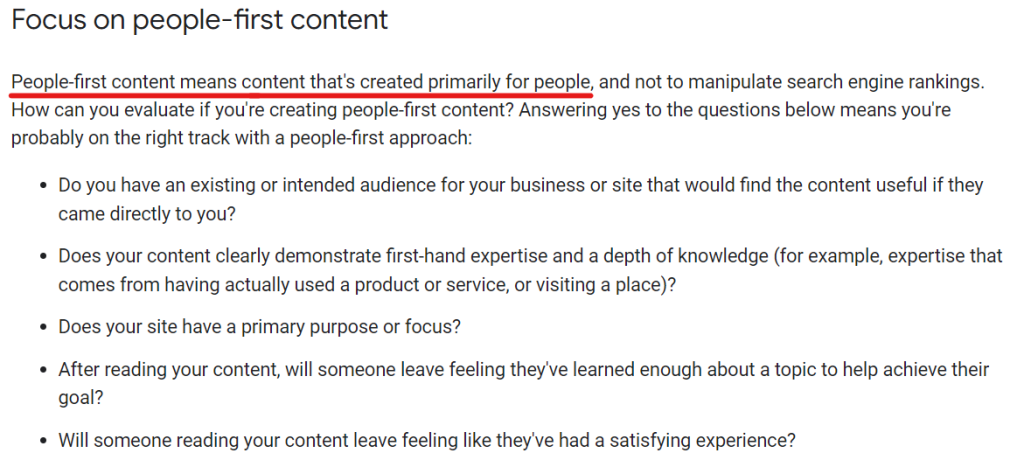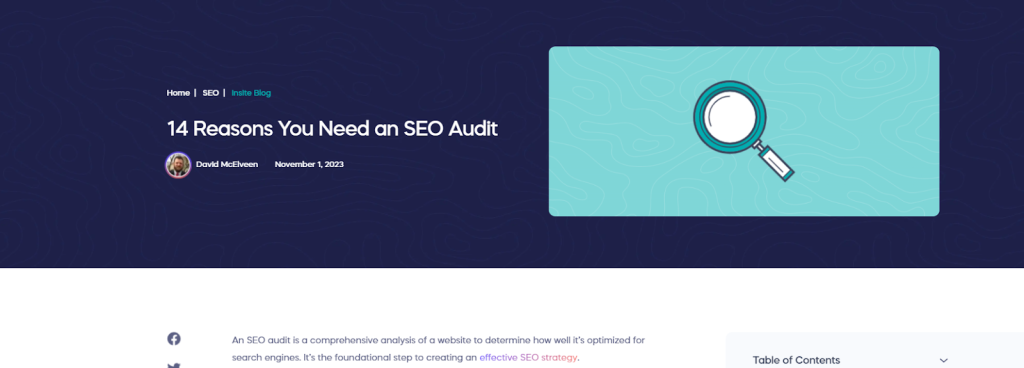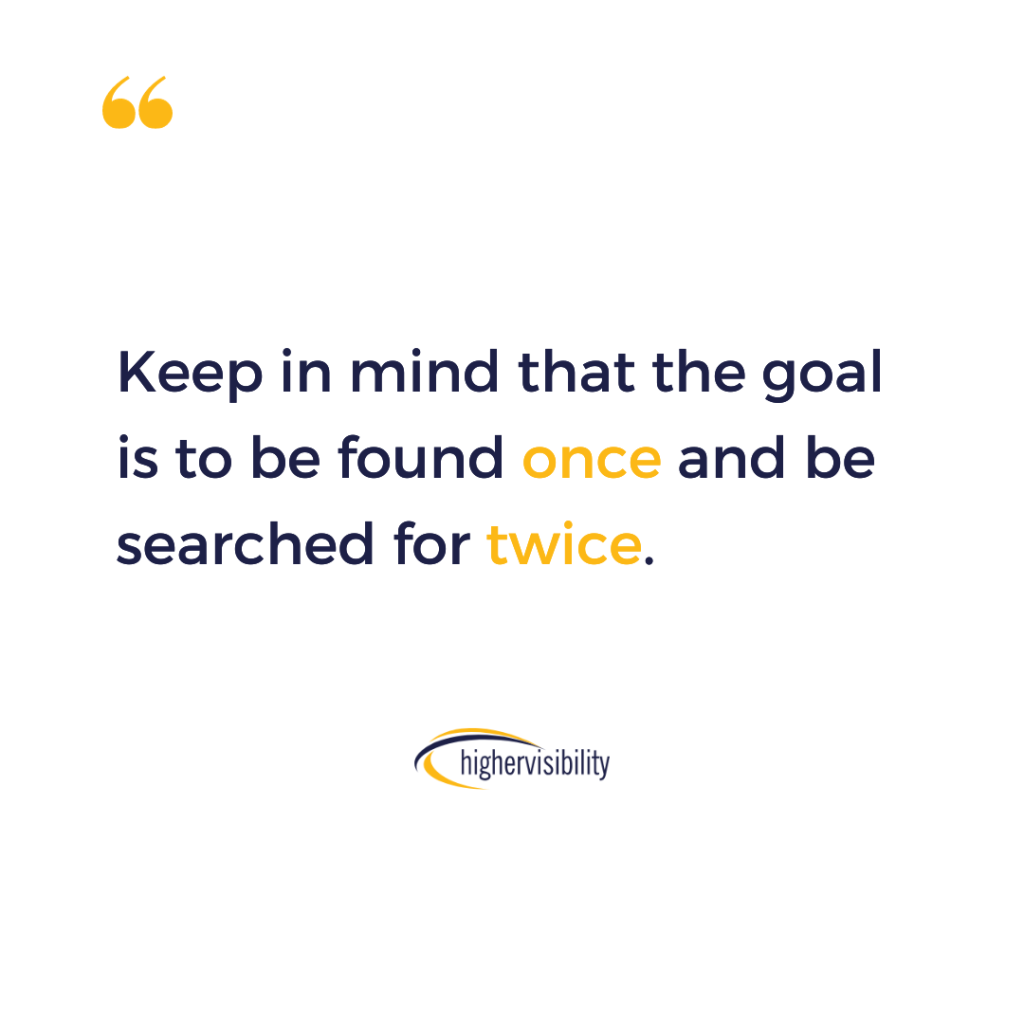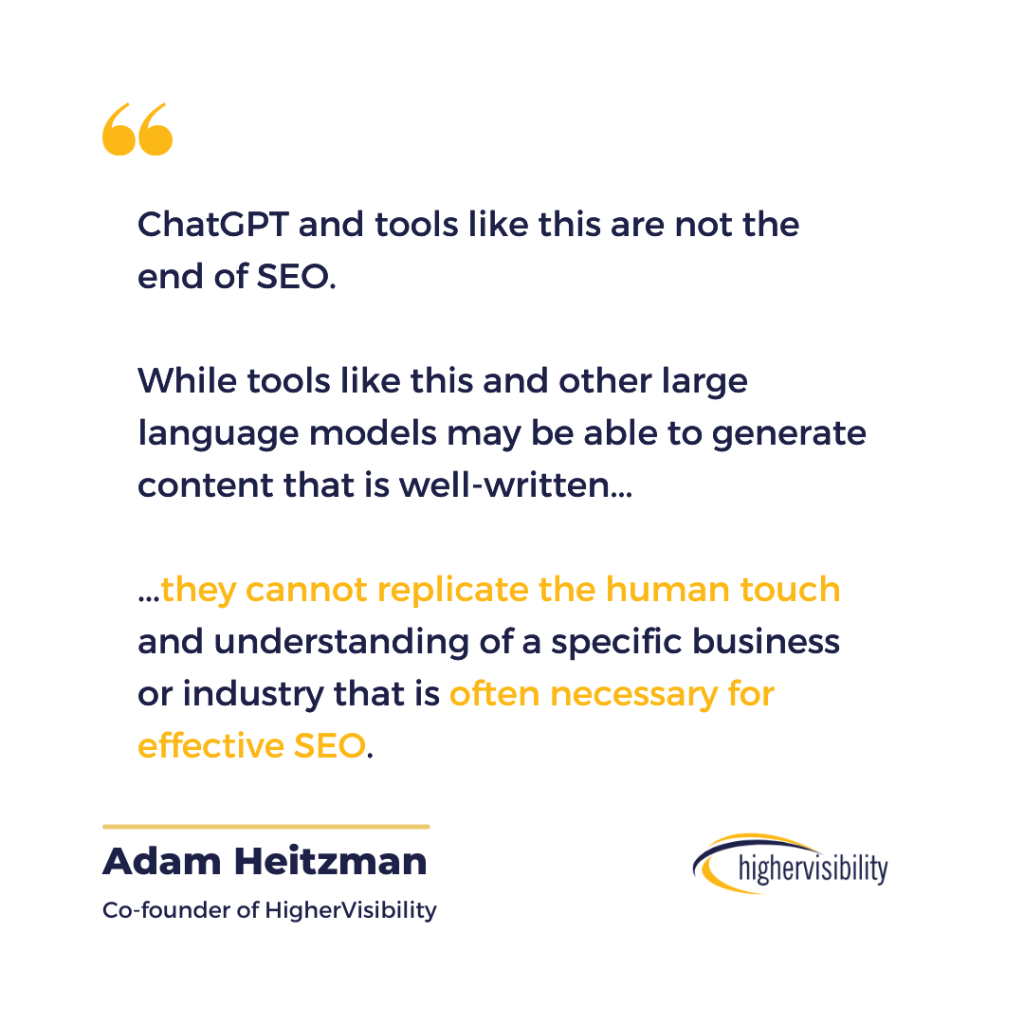Non-Technical Ways to Boost Your SEO
Can you succeed in SEO without coding experience?
People often believe SEO is complex and highly technical and will sometimes require some coding or programming skills to achieve tangible results. This isn’t entirely true.
To be candid, having HTML or basic coding skills is advantageous but not mandatory, especially if tech isn’t your wheelhouse.
Luckily, there are myriad non-technical strategies to help you boost your SEO efforts.
In this article, I’ll share six powerful non-technical tactics to increase web performance on search engines:

1. Content Creation
Content creation is one of the most effective ways to increase website traffic. According to this report by Ahrefs:
- Over 67% of marketers report that content marketing generates more demand/leads
- 63% of marketers say content marketing helps them build loyalty with existing customers
- 81% of marketers view content as a core business strategy
- Content marketing generates over 3X as many leads as outbound marketing and costs 62% less
All these statistics point to one fact: Content remains king.
However, there’s a caveat. Content can’t yield results unless it’s customer-focused, fluff-free, authentic, and high-quality.
Plus, all content is different and does not produce similar results.
This research shows that over 6 million blogs are published daily, excluding other forms of content on alternative platforms like social media, email newsletters, etc.
With the content volume pushed out daily, how do you stand out from the crowd?
- Start with your audience. What type of content are they currently consuming? What are their pain points? What can/will they do to solve their problems? How are you positioned to help?
Performing thorough customer analysis can help you understand what ‘quality content’ means to them. It enables you to tailor your content to address their pain points, establishing a more meaningful connection that turns them into loyal customers.
- Follow Google’s EEAT (experience, expertise, authoritativeness, and trustworthiness) content guidelines. According to Google:

- Thanks to generative AI, there’s so much regurgitated content on the web. To stand out, anchor your content strategy on authoritativeness by sharing your expertise. This is also known as brand storytelling.
Add your personal experience or have an expert from your team share their invaluable ideas, as this adds an extra layer of credibility to your content. This can be through thought-leadership articles, podcasts, articles, etc.
For example, this is a piece authored by David McElveen, the co-founder and sales lead at HigherVisibility:

- Structure your content correctly by using headings and subheadings. This is important as headings help search engine bots understand the content of your page to match in response to user search queries. It’s great if your headings are also keyword-sensitive.

From a customer standpoint, it’s the first thing they see when they run a query on search engines. It impacts your click-through rate, so making it descriptive, keyword-rich, and highly compelling is essential. Remember, you don’t get to make a second impression twice.
- Improve content readability by adding bullet points or numbered lists. Since 73% of online readers admitted to skimming blog posts, ensure your ideas flow logically to keep them glued to the end.
2. User Experience (UX) and SEO
Research has shown that better UX design could yield up to 400% conversion rates.
This means that websites with good user experience don’t just perform better on the search engine results pages; they also encourage conversions. Cool.
A well-structured site creates a clear path for search engine crawlers to find and understand your website.
When it comes to improving UX, several factors matter:
- The design and layout structure of your website
- The ease of navigation
- The responsiveness of your site
- Site speed
- The overall appeal
Here are some tips for using UX/UI to boost SEO ranking
- Use descriptive, keyword-rich labels that tell visitors what to do, like ‘Buy Now’ or ‘Learn More.’ It makes it easy for people to make decisions
- Incorporate sitemaps and breadcrumbs for improved navigation and search engine indexing
- Optimize your content for natural language queries to enhance voice search compatibility.
- Prioritize mobile-friendly design for a seamless user experience and improved SEO rankings.
- Integrate structured data markup for richer search results to improve visit and click-through rates.
- Incorporate visuals and interactive elements like videos, animations, charts, etc., into your website to make it more attractive, engaging, memorable, and persuasive.
Read more about how to improve your website visibility.
3. The Role of Images in SEO
Do you know that websites with videos and images are 53 times more likely to rank on the first page of Google search results? Yes, you read that right!
Adding images, videos, and GIFs strategically to your website makes it visually appealing and significantly boosts your site’s SEO performance.
How?
When you name your images with relevant keywords, search engines suggest it when queries include them. It serves as a backlink to your page.
For context, saving your image file with “what is SEO photo” could rank in the images’ section search results for the “what is SEO” keyword. Yes, this keyword is competitive, but you get the gist.
Additionally, images help contextualize your content and make it easier for visitors to digest.
However, adding high-quality images is not enough. You must make it accessible to everyone, including those with visual impairments. You can achieve this by adding alt texts and descriptions to your images. This makes your website more inclusive and boosts its visibility on search engines:

However, while high-quality images enhance your site ranking, they can also slow down your page’s loading time, affecting your rankings on the SERPs.
To keep this from happening:
- Resize and compress your images,
- Optimize file names by using keywords separated by hyphens.
- Add unique visuals
- Select the right format.
- Use alt tags and descriptions.
Tip: If your primary client acquisition channel is search engines, it’s expedient to spice up your blog posts and articles with relevant (branded) images:

You can choose to adopt a product-led style like this example from Ahrefs, where you show the actual product imagery within your content. This allows people a sneak peak into your offering and helps conversions.

Or, turn quotes into attractive images if you don’t have any product to sell:

Either way, adding images to your blogs helps to enhance readability.
Also, ensure your visuals are sharable. People often want to share images or videos that resonate with them with their network, and using shareable media helps to amplify your reach.
4. Link Building Strategies
How do search engine bots determine credibility and authoritativeness if they can’t understand the human language? Link building!
Link building is one of the most powerful, non-technical ways to turbocharge your SEO performance.
In fact, websites ranking #1 on Google have an average of 3.8X more links than other pages. Google also affirms that it’s one of their page ranking algorithms.
Link building can be done in two ways – internal and external linking (backlinks).
While internal linking involves linking a site to other URLs on the same site, external linking means linking a site to other URLs on a different site.
Let’s discuss them in detail.
Internal Linking
A well-structured internal link helps visitors navigate your site and sends positive signals to search engines. They help search engines discover, crawl, and index pages on your website.
The best thing about internal linking is that you can use it strategically to pass link juice from one page on your site to another.
This means you can refer readers to another page to show them important content valuable to their reading. This is useful if you’re writing on a broad topic with diced sections on other pages— sections you want them to read on your website because it’s better to keep the traffic within your site than link out to another site.
You can also do this with your commercial pages to boost conversion rates.
This structured internal linking protects your pages from dormancy on search engines. It also helps the page attract organic traffic. A weak internal link structure can result in poor user navigation, making it difficult for visitors to explore relevant content and pages on your site. This impacts the user experience and affects how search engines crawl and index your pages.
So, how do you build effective internal linking?
- Integrate contextual links naturally within your content.
- Use related posts or content suggestions to guide users to relevant information. For example, in this blog post, we suggested that you “Read more about how to improve your website visibility” under the User Experience and SEO point.
- Add links in your site footer to guide users to essential sections.
- Fix broken internal links (links pointing to a webpage no longer exist.)
- Leave breadcrumbs by ensuring your anchor text (the clickable text in a hyperlink) is descriptive. This provides users and search engines with context about the linked content.
Now, let’s talk about external linking.
External Linking
External linking provides credibility to your website and improves SEO rankings. It establishes your website as a reliable source of information.
Guest blogging is a smart strategy for building external linking where you write content for other websites. This exposes your content to new audiences and enhances your site’s authority.
Building relationships with other websites strengthens your online presence, creating a network of connections that benefit your site’s visibility on search engines.
Here are some tips on how to build relationships online:
- Identify potential partners in your niche or who have similar audiences.
- Reach out to these webmasters through a personalized email and explain why you think a partnership would benefit both parties.
- Collaborate with them by creating content or promoting each other’s products or services.
- Offer value to them by promoting their content on social media or featuring them in your newsletter.
5. Local SEO
Whether you’re looking for foot traffic, increased site traffic, or web traffic, you need to optimize for local SEO, especially if you’re targeting a specific region.
Local SEO, or local search engine optimization, means optimizing your online presence to attract local customers and improve your visibility in local search results.
So, how do you optimize local SEO?
- First, you need to set up and optimize your GBP. This makes it easier for customers to find your business.
- In addition, encourage satisfied customers to leave reviews, as positive feedback boosts local visibility.
- Update your GBP regularly with accurate and current information
- Add relevant local keywords to your content. This helps you appear in local search queries and boost interest.
- Create content tailored to your community and address local needs. This signals search engine bots that your business is relevant to the locality, increasing your chances of ranking for local search queries.
- Include location-specific keywords within your website’s content and meta tags, and create dedicated landing pages that target local keywords.
- Ensure your website is mobile-friendly for on-the-go local searches.
Read more on how to dominate near searches using local SEO.
6. SEO Through Branding
A recent survey by Search Engine Land shows that 70% of users admit that they look for brands they know when choosing which result to click on from SERPS. This shows the impact of brand awareness on SEO rankings.
You can create brand awareness across social media platforms, content, and visual elements to enhance online recognition.
Consistent branding, with uniform visuals and messaging, builds trust with your audience. This trust extends to search engines, which recognize and prioritize your content more effectively.
Brand Searches and SEO
Users actively searching for your brand sends positive signals to search engines. This results in higher SEO rankings, as search engines interpret it as a sign of credibility.
Strengthening brand awareness through consistent messaging and visibility improves recognition and elevates your website’s SEO, making it more prominent in online searches.
Conclusion
Yes, you can succeed in SEO without prior coding skills.
SEO truly has its technical sides. However, you can still improve your web performance using the abovementioned non-technical SEO strategies. Effective SEO isn’t generic but tailored to your specific needs and goals. If you want to customized strategy for your business, schedule a call with any of our experts today!
